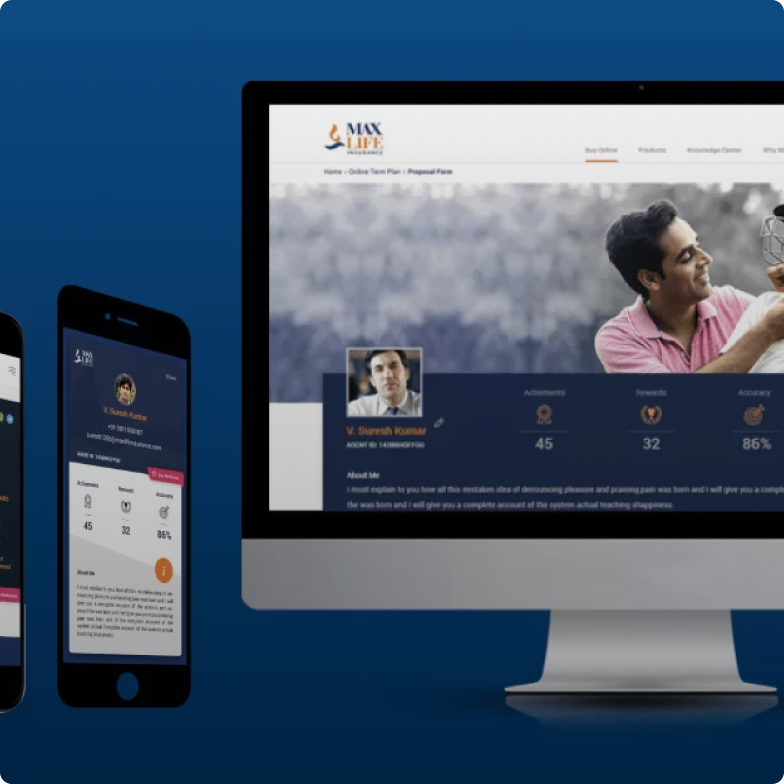
First things first, let’s just take a moment to address all the hype surrounding AI. Undeniably, AI has become a transformative force reshaping industries and revolutionizing how businesses operate. AI is omnipresent, promising efficiency, innovation, and endless possibilities. But there’s always a conundrum that needs to be addressed.
Herein comes the age-old dilemma: Terminator or toaster? In other words, should you, as an entrepreneur or executive, embark on ambitious, high-risk AI projects akin to building Terminators, or opt for more pragmatic endeavors resembling toasters?
The answer lies in striking a balance between ambition and feasibility. By prioritizing the integration of AI on projects or tasks with high impact and low complexity, you can achieve tangible results while mitigating risk.
That answer was a little difficult to process, right? Well, we’re breaking it down for you bit by bit in this blog so you know exactly where to begin in terms of integrating AI into your business operations.
AI: The Inevitable
The buzz surrounding artificial intelligence (AI) is undeniable. It’s touted as the cornerstone of modern innovation, promising to revolutionize the way every business operates. Digital transformation being the keyword, staying relevant and ahead of the competition now needs an AI boost, and it’s time we accepted this reality.
Everything begins with understanding that some of your business functions need an AI boost, but things go awry when you don’t know whether you should build something disruptive or supportive (the former being the ‘Terminator’ and the latter the ‘Toaster’).
AI and Its Capabilities
To unravel this significant dilemma, let’s take a quick but imperative detour into AI and its capabilities. To keep things less complicated, let’s use a simple example to begin with.
One compelling example of AI solving an ongoing issue is the use of AI by Google Maps. Google Maps leverages AI to provide real-time traffic updates, personalized route recommendations, and accurate travel time estimates. By analyzing vast amounts of data from various sources like user locations, historical traffic patterns, and road conditions, Google Maps can predict traffic congestion and suggest alternative routes. This AI-driven approach not only helps users save time and avoid traffic jams but also optimizes overall traffic flow in cities, addressing a long-standing issue of urban mobility and congestion.
This personalized approach enhances user satisfaction by simplifying the process of discovering relevant listings and ensuring that users find accommodations that meet their specific criteria. It demonstrates how AI-driven hyper-personalization can significantly improve the user experience in digital platforms, ultimately driving customer engagement and loyalty.
According to a recent Accenture report on AI, 84% of C-suite executives think leveraging AI will help them achieve their growth objectives. For many companies around the world, AI has already become a core part of their operations.
There are four core areas where AI helps fulfill business objectives, and these can be broken down into:
- Boosting efficiency through process automation
- Improving the speed or consistency of service
- Using customer insights to inform decision-making
- Uncovering opportunities for new products and services
While these pointers are more generic, they cover all that AI is capable of doing in giving your business the boost it needs.
Identifying Areas for AI in Your Business
Now, let’s turn our focus to the practical realm: How do you, as an executive, identify areas within your business ripe for AI integration?
According to McKinsey, AI has the potential to create significant value in marketing and sales as well as supply-chain management and manufacturing. In fact, these two areas alone represent more than two-thirds of the entire AI opportunity. McKinsey estimates that AI can create $1.4 trillion to $2.6 trillion of value in marketing and sales across the world’s businesses, and $1.2 trillion to $2 trillion in supply-chain management and manufacturing.
Imagine you’re a retail magnate seeking to optimize your supply chain. With AI-powered demand forecasting, you can predict consumer trends with unparalleled accuracy, reducing inventory costs and maximizing revenue. This is just one example of how AI can drive value across various business functions.
Here’s a quick look at a few more areas where AI can help push your efficiency as a business.
1. Providing Product Recommendations
By tracking customer behavior and preferences, AI algorithms can curate personalized product suggestions, enhancing the shopping experience and driving sales. For e-commerce businesses, this tactic is invaluable, fostering customer engagement and loyalty.
Take the example of streaming services like Netflix. By analyzing user preferences and viewing habits, AI algorithms recommend movies and shows tailored to individual tastes, prolonging user engagement and retention.
Similarly, e-commerce giants like Amazon utilize AI-driven product recommendations to suggest items based on past purchases, elevating the shopping experience and boosting sales.
2. Segmenting Audiences
Targeted marketing is an essential component in reaching the right audience. AI empowers businesses to segment audiences effectively and tailor marketing campaigns to specific demographics. By analyzing vast datasets, AI algorithms predict user behavior and preferences, optimizing ad targeting and maximizing campaign effectiveness.
For industries reliant on advertising, such as retail and e-commerce, AI-driven audience segmentation is a game-changer, ensuring marketing efforts resonate with the intended audience.
3. Analyzing Customer Satisfaction
Understanding customer sentiment is crucial for maintaining brand reputation and fostering loyalty. AI-driven sentiment analysis enables businesses to gauge customer reactions and identify areas for improvement. By scouring social media, reviews, and ratings, AI algorithms extract valuable insights into customer perceptions and preferences.
This data informs strategic decision-making, allowing businesses to address concerns proactively and enhance customer satisfaction.
4. Identifying Fraud
In industries susceptible to fraudulent activity, such as finance and banking, AI plays a pivotal role in fraud detection and prevention. AI-powered algorithms analyze transactional data in real time, flagging suspicious behavior and mitigating fraud risk. By leveraging machine learning and predictive analytics, businesses can thwart fraudulent activity and safeguard financial assets.
This proactive approach to fraud detection protects both businesses and consumers, preserving trust and integrity in the marketplace.
Terminator vs. Toaster: Choosing the Right AI Project
The much-anticipated answer is this. If you’re thinking of integrating AI into your business, you need to start by setting goals like the Terminator and starting strategically by being a Toaster. Remember that Rome wasn’t built in a day, and neither was the Terminator.
The Pitfalls of Being The Terminator
The appeal of AI’s potential often tempts companies into overcommitting, but there are reasons to proceed with caution. As AI initiatives scale up, complexity amplifies, leading to blurred objectives and operational strain. Handling multiple projects simultaneously risks inconsistent data management and over-extension of resources, impacting productivity. Additionally, rapid AI adoption may face employee pushback, highlighting the importance of strategic implementation to ensure smooth transitions and optimal outcomes.
Think like a Terminator, work like a Toaster
Step 1: Set goals like terminator by defining objectives that are in sync with the broader business goals. Then move on to allocating resources with clear objectives, by ensuring that you’re not spreading yourself too thin or investing too heavily in one area at the expense of another.
Step 2: Use these questions to set a vision: Where do you see AI in your company in 5 years? This vision helps bridge the gap between present capabilities and future aspirations.
Which core areas of your business can most benefit from AI? Is it the supply chain that needs predictive optimization? Or is the marketing department craving insights from deep data analysis? Identifying these core areas helps in setting both priorities and expectations.
Toaster, It Is!
In the race to be AI-first, the Toaster approach—slow, steady, and thoughtful—often trumps the Terminator’s. AI, while powerful, requires careful integration. The most effective AI-driven transformations are not necessarily the ones that happen the quickest, but the ones that are most strategically aligned, well-planned, and are in sync with the company’s capabilities and culture.
So go ahead and take the first step towards toasting your AI success. Partner with us at yuj to create seamless AI/ML experiences with the added power of UX design!






